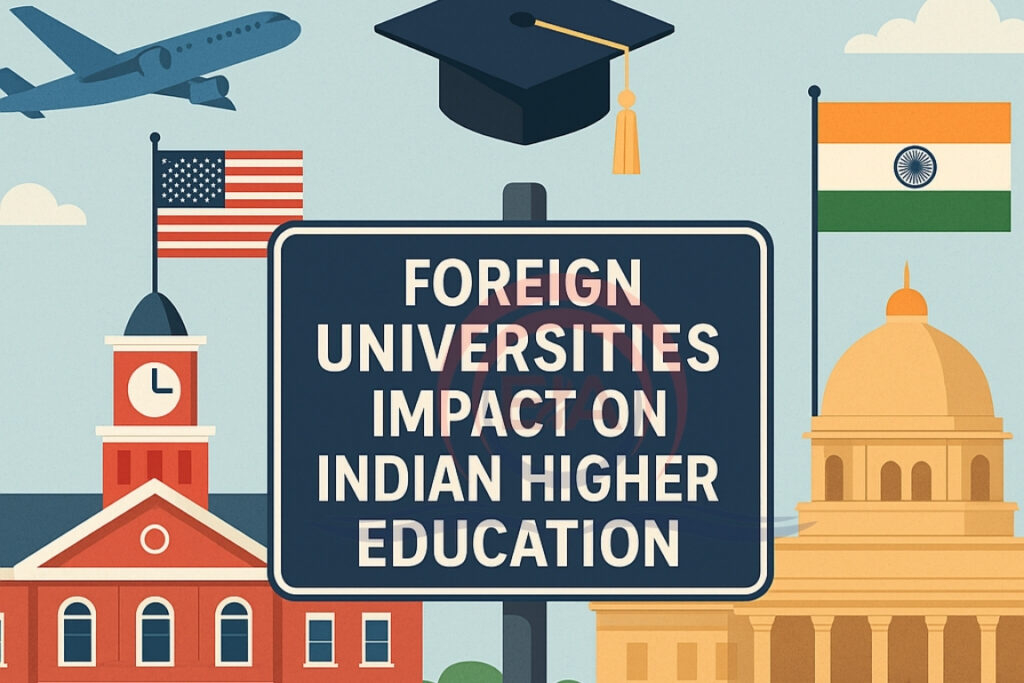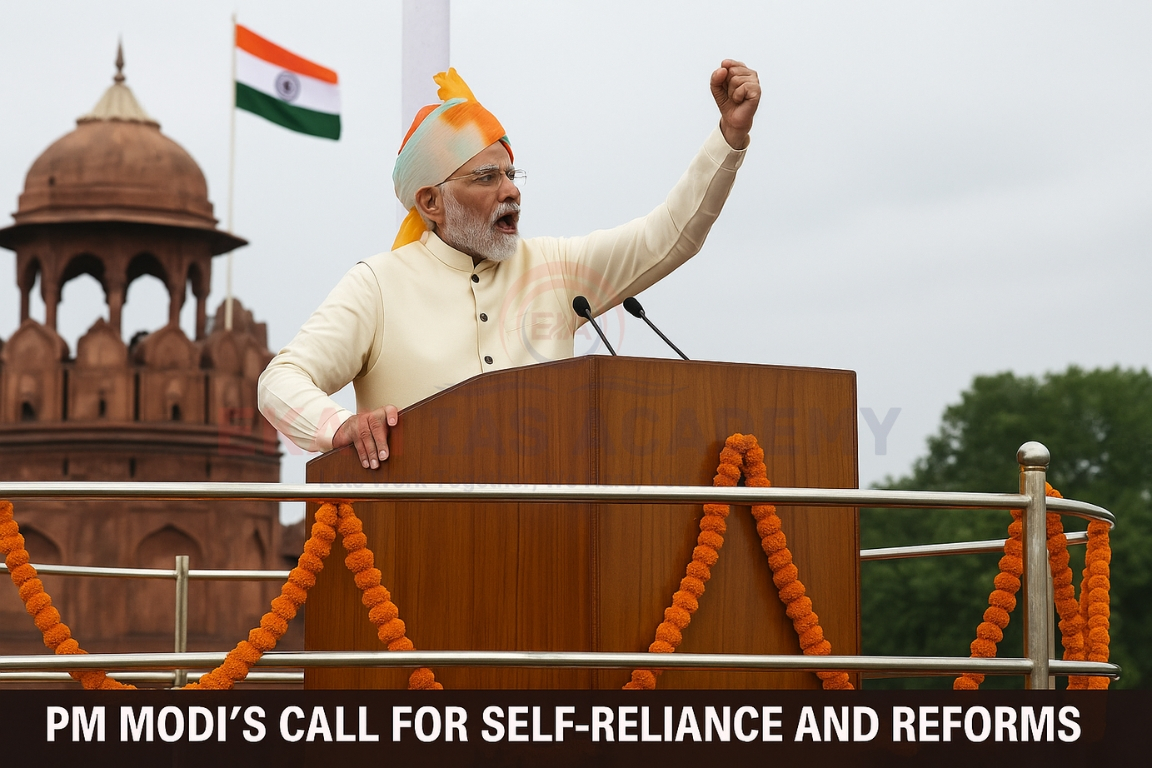With the help of the New Education Policy (NEP) 2020 and the UGC (FHEI) Regulations 2023, India is now opening its doors to foreign universities. This move aims to improve access to global education within India while also helping foreign universities overcome challenges in their home countries.
Why Foreign Universities are Interested in India
Falling birth rates in developed countries have reduced domestic student enrolment.
Public funding cuts in countries like the U.K., U.S., and Australia have increased dependency on international students for revenue.
Due to recent visa restrictions and student number caps in Australia, Canada, and the U.K., universities are now looking towards India as a new and growing market.
India’s large young population and rising income levels make it a valuable destination for foreign education providers.

Opportunities in India
India has over 40 million students, but limited access to high-quality institutions.
Many existing HEIs (Higher Educational Institutions) are average or subpar, creating demand for better quality education.
Foreign universities can provide international-level education without Indian students needing to go abroad.
Students who prefer to work in India after graduation can now access a foreign degree at home.
Locations like GIFT City and Navi Mumbai are becoming hubs for these branch campuses.
Challenges for Foreign Universities in India
Affordability: Though the student base is huge, most families cannot pay high international tuition fees.
Mixed success globally: Branch campuses in Asia and the Middle East have often failed or been shut down due to financial losses.
The initial impact may be small, as only a few universities have been approved and student response is yet to be tested.
Cultural and regulatory differences could also affect long-term success.
Conclusion
Foreign universities have the potential to improve India’s higher education quality. However, their success will depend on affordability, student acceptance, and long-term viability. The first few years will be key in shaping future decisions and partnerships.





